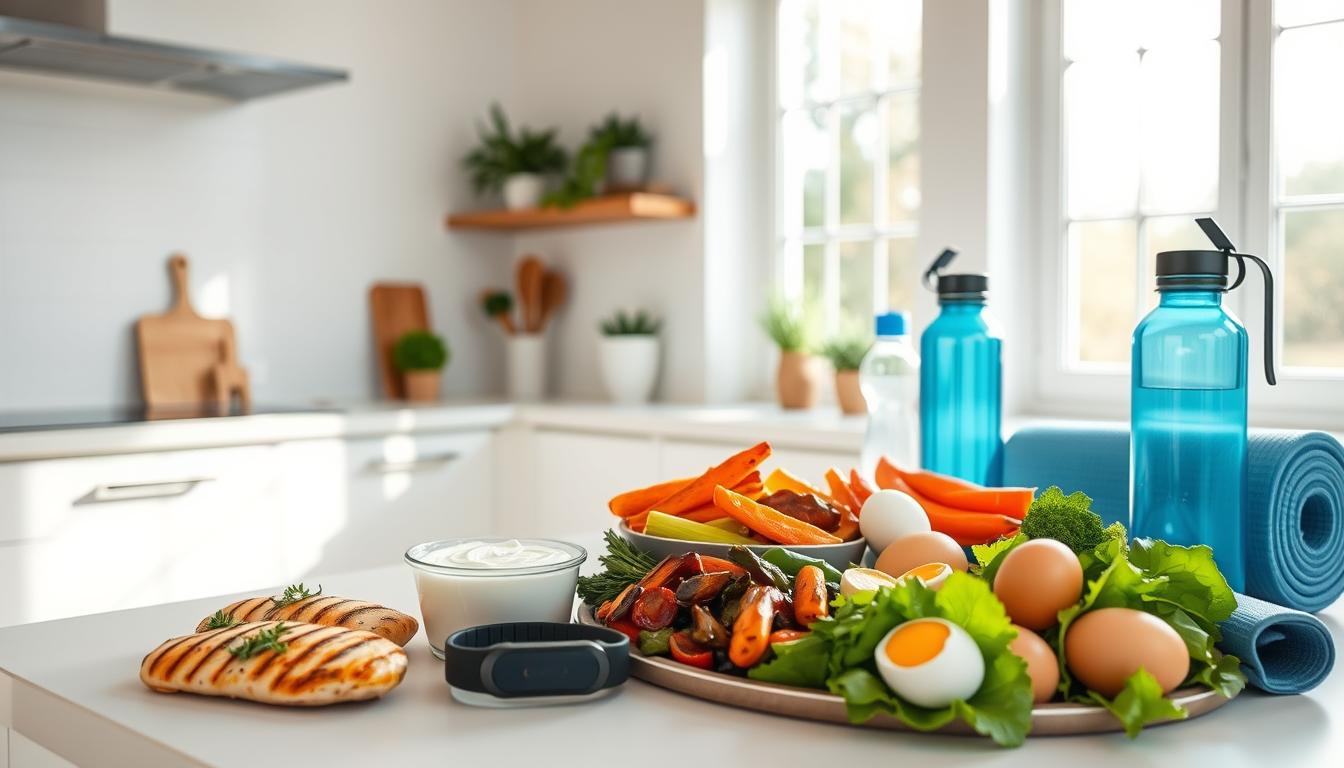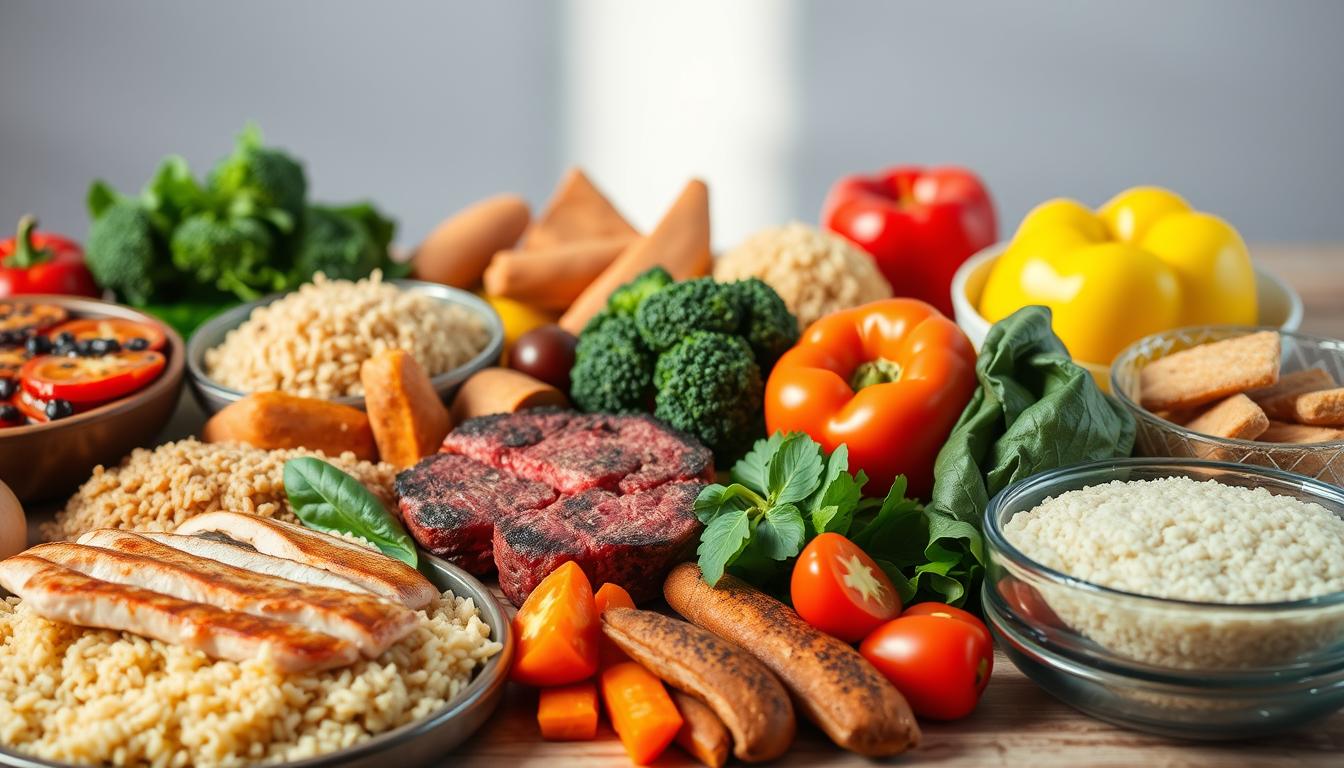A staggering 75% of fitness beginners quit within the first few months, often due to inadequate nutrition. A well-structured high protein diet plan is crucial…
Fitness-Focused Diet Plans
Meal Plans for Muscle Gain and Fat Loss
Achieving fitness goals requires a combination of regular exercise and a well-structured nutrition plan. Did you know that a proper diet can account for up…

